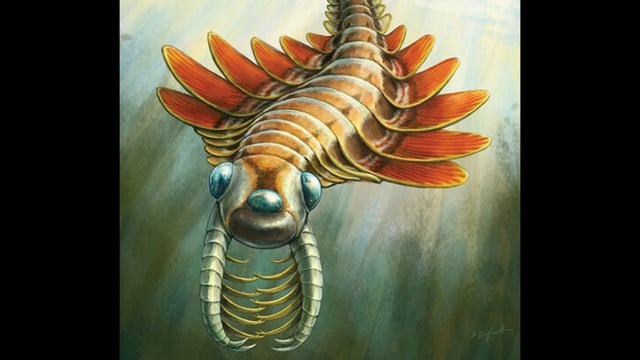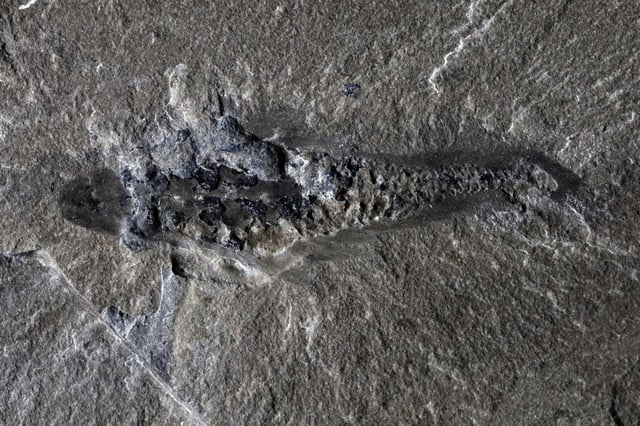Overview
- Mosura fentoni, a 506-million-year-old radiodont, was officially described by researchers from the Manitoba Museum and Royal Ontario Museum.
- The species features unique traits, including three eyes, spiny jointed claws, swimming flaps, and a segmented abdomen with gills.
- Exceptional fossil preservation in 61 specimens reveals internal anatomy such as nerve bundles, digestive tracts, and an open circulatory system.
- The discovery highlights evolutionary convergence, with Mosura's gill-lined abdomen resembling respiratory adaptations in modern arthropods.
- Findings were published in Royal Society Open Science on May 13, 2025, and Mosura will be showcased in upcoming museum exhibits.


